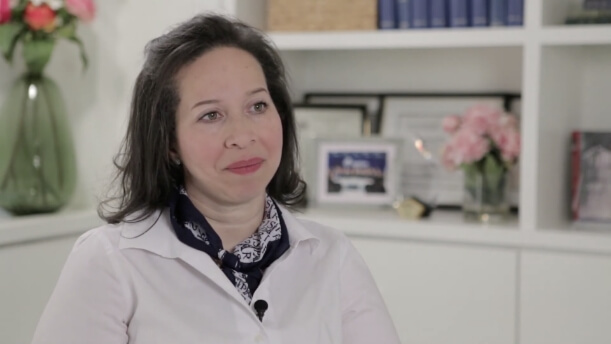
Advances in Breast Surgery: Correcting Failed Implants
Among women who opt for reconstruction after losing a breast to mastectomy, 80% undergo reconstruction with implants. Many women see implants as the quickest, simplest reconstructive option. Their other choice – natural-tissue reconstruction – requires a more complex surgery and longer recovery time. However, studies have shown that the risk of cosmetic and health problems with implants in the first few years is significant and the risks increase over time. Implants aren’t expected to last forever. Most have a ten-year warranty although many will have to be removed before that.
Implants fail for many reasons. Different types have different characteristics that women must weigh against their individual requirements and preferences but all implants are foreign bodies and pose the risk of comfort and cosmetic problems.
Infection can develop in the tissue around an implant, often in the days or weeks following surgery. That said, infection has been seen 20 years after implant surgery. Women with breast implants should take antibiotics if they undergo teeth cleaning or colonoscopy. Signs of infection are redness and swelling. Treatment with an antibiotic may be sufficient; if it isn’t, the implant may have to be removed.
Capsular contracture is a tightening – or contracting – of the scar tissue that forms around the implant as a natural reaction to the presence of the implant. The capsule is usually soft and barely noticeable but it may become hard and painful, like a calcified shell that develops around the implant. Symptoms of contracture usually develop gradually and may be noticed first as a feeling of mild tightening. As contracture increases, the breast may appear misshapen and become very firm and painful, especially when lying on it. Treatment is to remove the implant and capsule surgically, but the capsule will reform and usually become harder more quickly. In some cases, the implant may be replaced with a new one wrapped in acellular dermal matrix to try to reduce capsular contracture; in others, natural-tissue reconstruction may be the best option.
Rupture becomes more likely as an implant ages. Saline implants may appear deflated or misshapen. Silicone implant ruptures are either silent, or they present as unusual pain due to the irritation to the surrounding tissues. Since silicone implant ruptures are silent, the FDA recommends breast MRIs for surveillance every 2-3 years for women with silicone implants. Ruptured implants are generally removed as long as the patient is healthy enough to tolerate surgery.
Displacement of the implant can occur for several reasons, one of which results from the placement of the implant under the chest muscle (sub-pectoral placement). Placement of a breast implant under the chest muscle can cause the breast to feel tight and painful, and flexing the chest muscle can also cause the implant to shift visibly under the skin and distort the breast. The problem can be corrected by removing the sub-pectoral implant and placing a new implant above the muscle (pre-pectoral). A prepectoral breast implant is closer to the natural anatomy of the breast, because the natural breast is also above the chest muscle. The new implant may be wrapped in acellular dermal matrix to provide some additional soft tissue protection under the skin.
Feeling cold occurs because there is no blood supply to the implant and because the skin that remains after the removal of breast tissue can be quite thin. Fat-grafting can help by adding additional “padding” over the implant, but it is often of limited utility. A better solution is natural-tissue reconstruction, which recreates a soft, warm living breast.
Many women who have had unfortunate experiences with implants prefer not to try again, even with a different type of implant or modified surgical procedure. They turn to natural tissue breast reconstruction, also known as autologous reconstruction, which is the “gold standard’ of breast reconstruction. Natural tissue breast reconstruction uses a woman’s own tissue to create a breast that is soft and warm and that lasts a lifetime.


